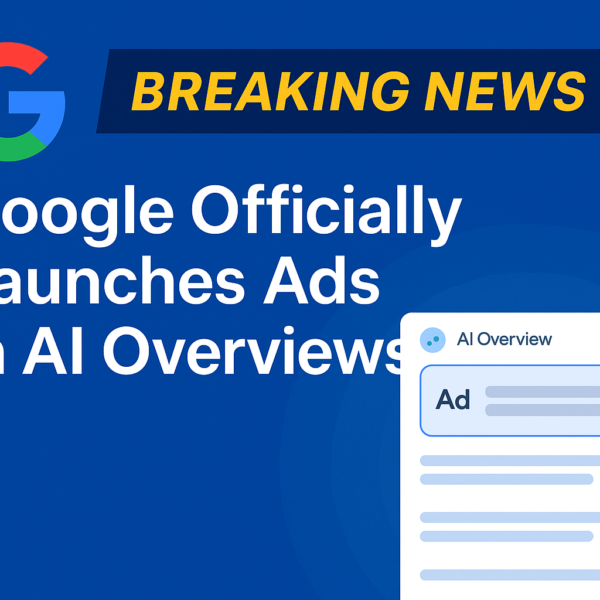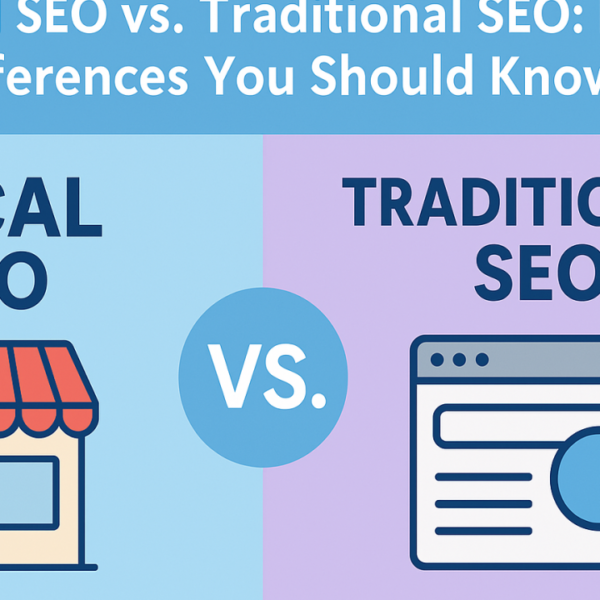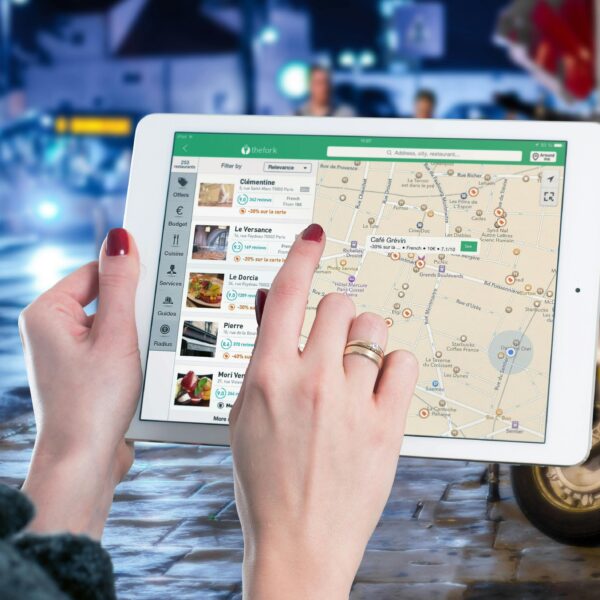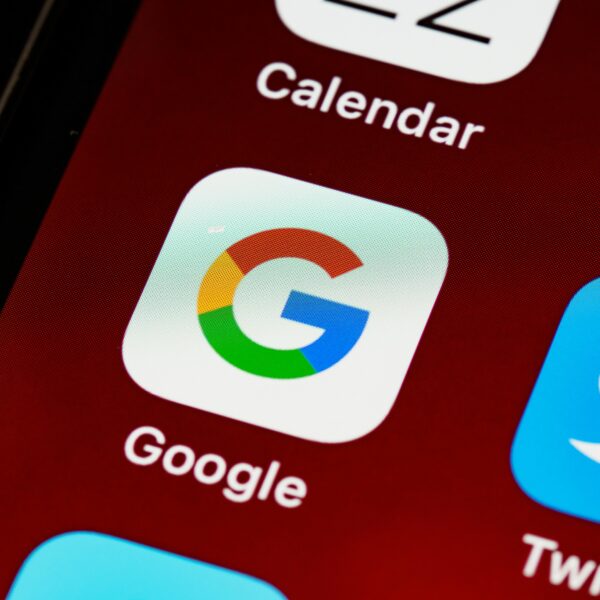I never thought I’d be the kind of person who’d geek out over “customer journey analytics,” let alone AI-powered anything. I mean, I’m a people-person. A “read-the-room, feel-the-vibe, close-with-a-handshake” kind of operator. Data? Cool, but not my love language.

But let me tell you, when you keep hitting that mysterious wall—you know, the one where you’re doing all the right things and still not getting consistent results—you either change something… or slowly lose your mind refreshing your CRM.
So yeah, I changed something.
I let AI take a peek under the hood of my business.
And what it showed me?
Kind of blew my socks off. (And I was barefoot, so now I’m just confused.)
When You Don’t Know Where People Drop Off (But You Can Feel It)
Let’s rewind a bit.
At this point, I was about six months into running what I thought was a decently oiled machine. Whether you’re a coach, a med spa owner, a real estate broker or in law—this part will feel way too familiar:
- Website traffic looked decent.
- Social media engagement was “meh” but not dead.
- Discovery calls were happening, but conversions? Slow.
I couldn’t help but wonder: Where are people falling off?
Was my messaging off? Were my emails too long? Was my booking form haunted? 👻
I couldn’t see it clearly.
And that’s where AI—yep, the same stuff behind chatbots and creepy-accurate Netflix recs—stepped in like a quiet genius in the corner of the room.
Meet My New Friend: Customer Journey Analytics (But Make It Sexy)
So here’s what happened.
I got my hands on this AI-powered platform that promised to map out the customer journey—from first touch to “here’s my credit card.” Honestly, I rolled my eyes at first. The name sounded like a rejected Black Mirror episode.
But after setting it up (surprisingly easy), I started to see things I never could before.
It wasn’t just data.
It was insight.
And if you’re thinking, “Well duh, I already look at Google Analytics,” just hold your horses. Because this wasn’t just traffic and bounce rates. This was:
- Where people pause in the buying journey
- Which touchpoints lead to drop-offs (hello, unnecessary email #5)
- How different personas behave (turns out, not all leads love Instagram, who knew?)
- What content leads to conversions vs. what just… entertains
It felt like someone turned on the lights in a room I didn’t know I was sitting in.
My Favorite (Cringe) Discovery
Okay. Deep breath.
One of the first things the AI flagged was this: most of my drop-off was happening after people clicked my “Get Started” button.
Cue instant sweat.
Apparently, they were getting to my landing page, sitting there like it owed them money, and then… ghosting.
Why? Because the form was long, clunky, and asked for things that felt way too invasive for someone who just met me. (Look, I get it—no one wants to list their budget before we’ve even had a first date.)
The AI tracked where users hovered, where they bailed, how long they stayed. It was basically like digital body language—and wow, was mine off-putting.
So I fixed it. Shortened the form. Made the copy warmer. Gave people an option to book a low-commitment “vibe check” call instead.
Guess what? Bounce rate dropped by 43%.
The Psychology Layer: Because This Isn’t Just Tech, It’s Human
Here’s where it gets wild.
The AI didn’t just show me what was happening—it hinted at the why.
Using behavioral modeling (I swear I’m not making this up), it showed patterns in how people interacted with my brand based on:
- Their entry point (Facebook ad folks = skeptical, Google searchers = more ready to buy)
- The timing (weekend visitors converted higher—likely because they weren’t drowning in weekday chaos)
- Their content preferences (some loved video, others bounced immediately if there wasn’t text)
So instead of blasting the same “Here’s how I can help you” spiel to everyone, I started tailoring the experience.
I created two paths:
- Fast-track for action-takers
- Nurture path for slow-burn thinkers
Both got the same end offer—but the tone, pacing, and entry were different.
Conversion rates? Up 62%.
Also? My emails got way more replies like: “It’s like you’re in my head.”
Nope. Just in their data trail.
The Operational Ripple Effect
Here’s where it gets less sexy but way more powerful.
When you start to actually understand your customer journey on this level, it changes how you run your business.
For example:
- I stopped wasting time on channels that weren’t converting. (Sorry, Clubhouse. It’s not you, it’s… well, it is you.)
- I streamlined my offers to match actual buying behavior instead of throwing spaghetti at the wall.
- I trained my team to respond differently based on behavioral signals, not gut feelings.
Even backend operations shifted—because now we weren’t just reacting to “feels,” we were acting on real patterns.
AI didn’t replace me. It made me sharper.
What Surprised Me Most
I expected cold data.
I didn’t expect to feel closer to my audience.
It’s ironic, right? That artificial intelligence helped me build more genuine human connections.
But when you see the actual breadcrumbs people leave—their hesitations, their excitement, their drop-off points—it’s like reading between the lines of a conversation you didn’t know you were having.
It made me more empathetic.
More intentional.
And honestly? More successful.
Who This Works For (Spoiler: Probably You)
If you’re a:
- Coach or consultant: Want to know why people book the call but ghost after? Or which blog actually brings high-ticket clients? AI’s got you.
- Med spa or aesthetic clinic: Want to track which treatments are attracting real interest and when patients are actually ready to book? This tech is your new bestie.
- Fitness pro: Trying to convert followers into members or clients? AI shows who’s engaging and who’s just creeping.
- Real estate agent: Ever wonder which listings drive real leads vs. just looky-loos? Boom.
- Law office: Need to track which content builds trust with clients in high-stakes decisions? Yep, AI can help with that too.
The common thread? We’re all guiding people through a decision—and that journey is trackable, improvable, and wildly insightful.
Final Thoughts: Stop Guessing. Start Understanding.
If I could go back and whisper something to my “I’ve got this” self from a year ago, it’d be this:
“Your gut is good. But data + empathy is better.”
AI-powered customer journey analytics isn’t just some tech buzzword for giant corporations. It’s for anyone who wants to run a smarter business. A more human business. A business that listens before it speaks.
And if you’re sitting there thinking, “Sounds great, but I’m not a tech person,” join the club. I still mess up my Zoom background.
But this? This is worth figuring out.
Because the clearer you see your customers’ journey, the easier it is to lead them to the result they want—and the business you deserve.
TL;DR (But Make It Sassy)
- AI can show you exactly where people drop off in your sales funnel
- It’s like reading your customer’s diary (but without the guilt)
- When you tailor the journey based on real behavior, everything improves
- More conversions, fewer wasted hours, and a stronger connection with your audience
- You don’t need to be techy. You just need to be curious.
Google Officially Launches Ads in AI Overviews: What It Means for the Future of Search and Your Brand
Google Officially Launches Ads in AI Overviews: A Game-Changer for Digital Visibility and Brand Strategy In a groundbreaking move set to reshape the digital marketing landscape, Google has officially rolled out ads within AI Overviews—the AI-generated summaries that appear at…
Local SEO vs. Traditional SEO: What’s the Difference and Why It’s Important
Local SEO vs. Traditional SEO: Unlocking the Right Strategy to Dominate Your Market As the digital landscape evolves, so too must your marketing strategy—especially when visibility equals viability. Understanding the key differences between Local SEO and Traditional SEO isn’t just…
10 Powerful Google Business Profile SEO Tricks to Rank Higher on Maps
Outrank the Competition: 10 Powerful Google Business Profile SEO Tricks to Dominate Google Maps in 2025 As local search continues to dominate digital marketing, optimizing your Google Business Profile (GBP) has become a non-negotiable for professionals seeking growth. Whether you’re…
What’s under the hood matters more than ever for SEO success
Beyond the Surface: What’s under the hood matters more than ever for SEO success As artificial intelligence transforms search engines and user expectations evolve, surface-level SEO tactics are no longer enough. Today’s digital success hinges on what’s under the hood…
How to Align Your SEO Strategy with AI-Driven Discovery
Mastering the Future: How to Align Your SEO Strategy with AI-Driven Discovery In a digital landscape reshaped by artificial intelligence, traditional SEO methods are no longer enough. Coaches, consultants, medical aesthetics clinics, fitness professionals, real estate agents, and law offices…





